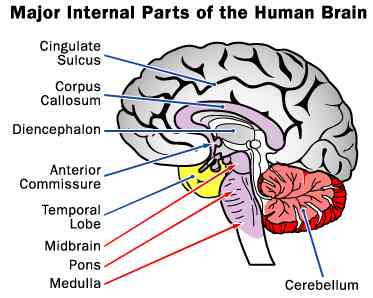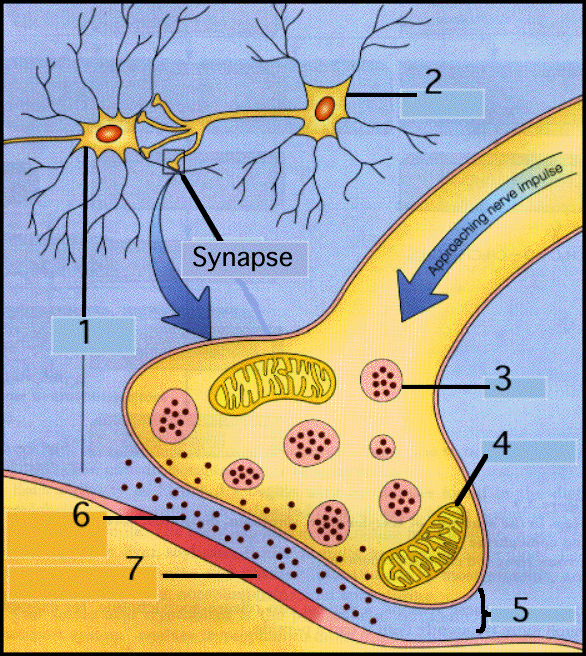Human Brain
The brain consists of several parts, each performing different functions. The structure of the nervous system and the brain is examined and studied during an autopsy. The human brain and nervous system are complex structures filled with numerous nerve fibers that shift predictably with some anatomical connections and are linked to chemical substances called neurotransmitters (see Appendix 1).
Neurotransmitters
The important role of neurotransmitters is that it helps the nerve cells to interact with each other. In many cases, facts and data are gathered by studying individuals who have had strokes or injuries to some areas of the brain; it is possible to test what functions have become poor and then to find the areas involved through various imaging studies or in an autopsy. The importance of this research is that it allows joining the part of the brain with particular actions and functions of a human. Learning activity is connected and reflected in the brain and depended upon neurotransmitters. Neurotransmitters have a unique shape that can be protected by their chemical complements. This process is crucial because more than one kind of neurotransmitter can be found at a synapse and a cell can respond to a transmitter in a different way determined by the receptor activated. In general, the transmitter substances can be described as the part of the brain by which the message is sifted, they are not the data or information per se (see Appendix 2).
Neurotransmitters and Learning
Special bundles of nerve cells are known as nuclei. A division of the nervous system that involves mainly unconsciously and has to do with the regulation of the internal organs and the skin is called the autonomic nervous system. During the learning process, nerve impulses are transmitted from the internal organs to the human brain and from the brain back to the sensation organs continually. The uniqueness of this process is that the person is unaware of these process and do not control them. The learning process is a process that operates unconsciously and seems to have a mind of its own. During mental activity, neurotransmitters are not only concentrated in the synapses but receive a message from the synapse. The learning process occurs when data from different neurons is processed at the receptor. It is the sum of these data parts that makes the neuron “decide” whether the information is forwarded or disregarded. If chemical changes take place, the information is changed into electrical form and is shifted to the next synapse where the whole process is repeated. The nerve cells are found in those transmitters that they chemically distinguish.
Mental Functions
Generalizations concerning neural tasks are performed through research on similar areas in brains. The cortex has the nerve cell bodies that researchers connect with higher mental functions. These functions support the highest stage of sensation and perception and are linked to such functions as memory, personality, and human thinking. The part of this process (connected to learning) is nerve fibers. The peculiar area of the brain called the thalamus is an older part for sensory integration. Though it has a more important role in lower animals, in humans, it transmits sensory data to the cortex. The system of motor coordination is connected with the basal ganglia. This system, in contrast to the sensory function of the thalamus, represents the older part of the brain.
Summary
The learning process occurs when the data is transmitted to the brain through neurotransmitters and with the help of chemicals.
Appendix


Bibliography
Synaptic Transmission. Web.